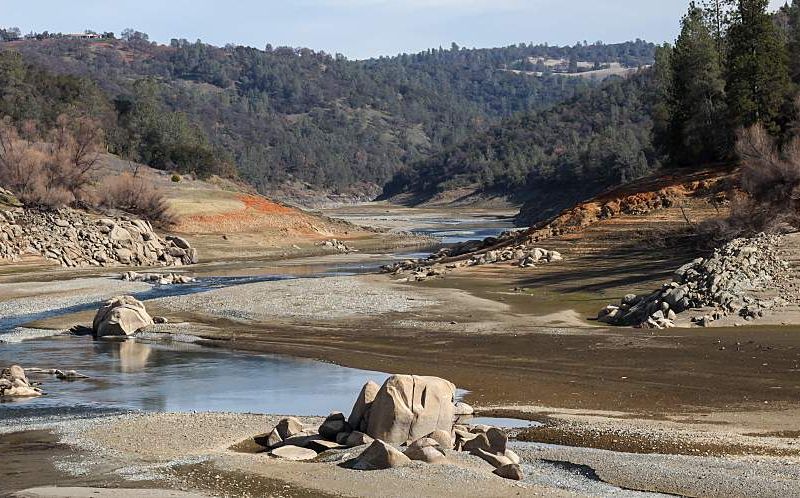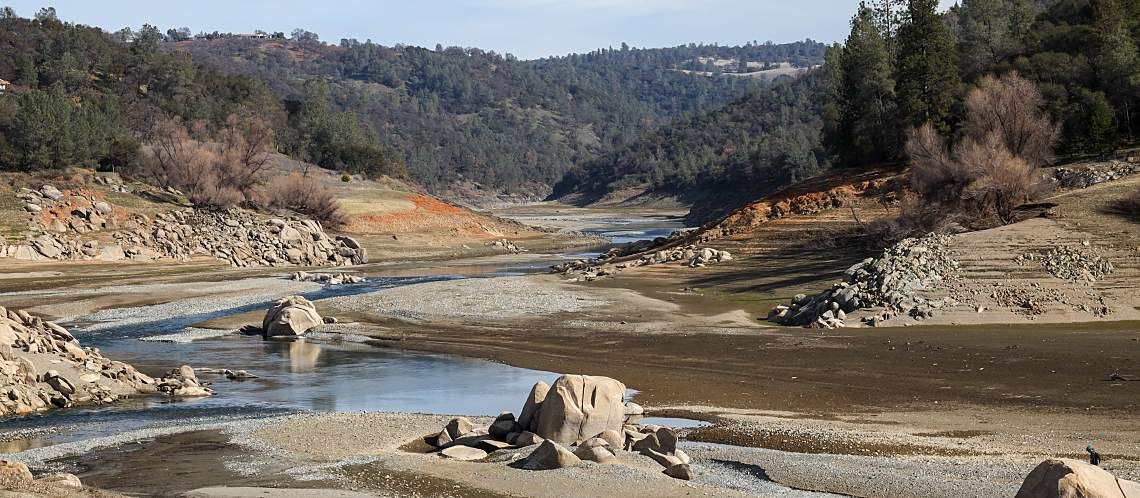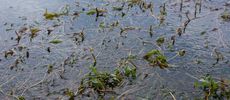Climate Change Increases Temperature's Significance as a Water Quality Indicator


Of the main water quality indicators that water test labs assess—including dissolved oxygen, acidity, dissolved solids, turbidity, hardness, and suspected sediment—climate change has the greatest impact on temperature. But the effects of temperature are closely intertwined with other parameters and indicators. Researchers from the University of Birmingham, U.K., and Indiana University, U.S., wrote a piece for Nature Water calling for a heightened focus on river temperatures. The researchers noted that river temperature is "a fundamental water quality measure that regulates physical, chemical, and biological processes in flowing waters."
As an important measure of climate change, river temperature impacts ecosystems, human health, and industrial, domestic, and recreational water uses. For this reason, the authors encouraged a better understanding of river water temperatures and the role humans play in increasing them.
Warming Rivers Due to Climate Change and Human Impact
"Emerging evidence shows that river temperatures are rising in response to climate change in many regions worldwide," said Professor David Hannah, UNESCO Chair in Water Sciences at the University of Birmingham. "On top of this, human activity is altering water temperature further; but we still need to better understand this phenomenon and its implications."

In natural rivers, water temperature varies over space and time depending on climate, hydrology, and landscape. For example, when water warmed by the built environment hits impervious urban surfaces like pavement, the runoff can result in surges or spikes in river temperatures.
In addition to land use near rivers, direct human water use affects river temperature. Various studies have focused on hydropower, thermal effluent discharge, power plant cooling water, and wastewater treatment plant discharge.
To fully understand the processes that control river temperature, it's important to consider human impacts in areas with different climates, ecosystems, and ways of using river water, such as irrigation, fishing, drinking, cooking, or bathing.
Common Impacts of Rising Water Temperatures
Water temperature exerts a major influence on biological activity and growth, determines which organisms can live in bodies of water, and affects water chemistry, according to the U.S. Geologic Survey (USGS).
For example, the higher the water temperature, the higher the rate of metabolic reactions in aquatic organisms. Fish, insects, zooplankton, phytoplankton, and other aquatic species all have a preferred temperature range, according to the USGS. With water temperatures too far above or below that range, the number of individuals in an ecosystem can drop until they disappear entirely.
Temperature also determines the chemical reaction rate. For instance, water with higher temperatures can dissolve more minerals from surrounding rock and therefore has a higher electrical conductivity. Additionally, dissolved oxygen decreases as the temperature increases—bad news for aquatic animals and plants that rely on it to survive.
When it comes to the impact of rising water temperatures on humans, increased temperatures are likely to have more serious consequences for water security and human health in lower- and middle-income countries. However, most observations on river temperatures and associated research occur in Europe and North America.
Filling the Critical Need for Comprehensive Data
The researchers from the University of Birmingham and Indiana University recommended monitoring and modeling river temperatures, which will help agencies manage, mitigate, and adapt to high temperature extremes. Water test labs play a key role in regular river water temperature sampling and measurement that could be vital for human survival in parts of the world.
As a first step, the researchers advised creating a more complete and accessible river temperature archive to collect data worldwide, highlight gaps, and determine where and when data is lacking. The researchers also called for developing comprehensive river temperature models that include energy and water fluxes and human influences.
The outcome of increased data collection and research will be a better grasp of the absolute and relative changes in river temperature across space and time, how human activity affects these patterns, and their consequences. This understanding will inform what and where adaptation measures should be implemented and the changes needed to shape human activities and regulations in a warming world.






